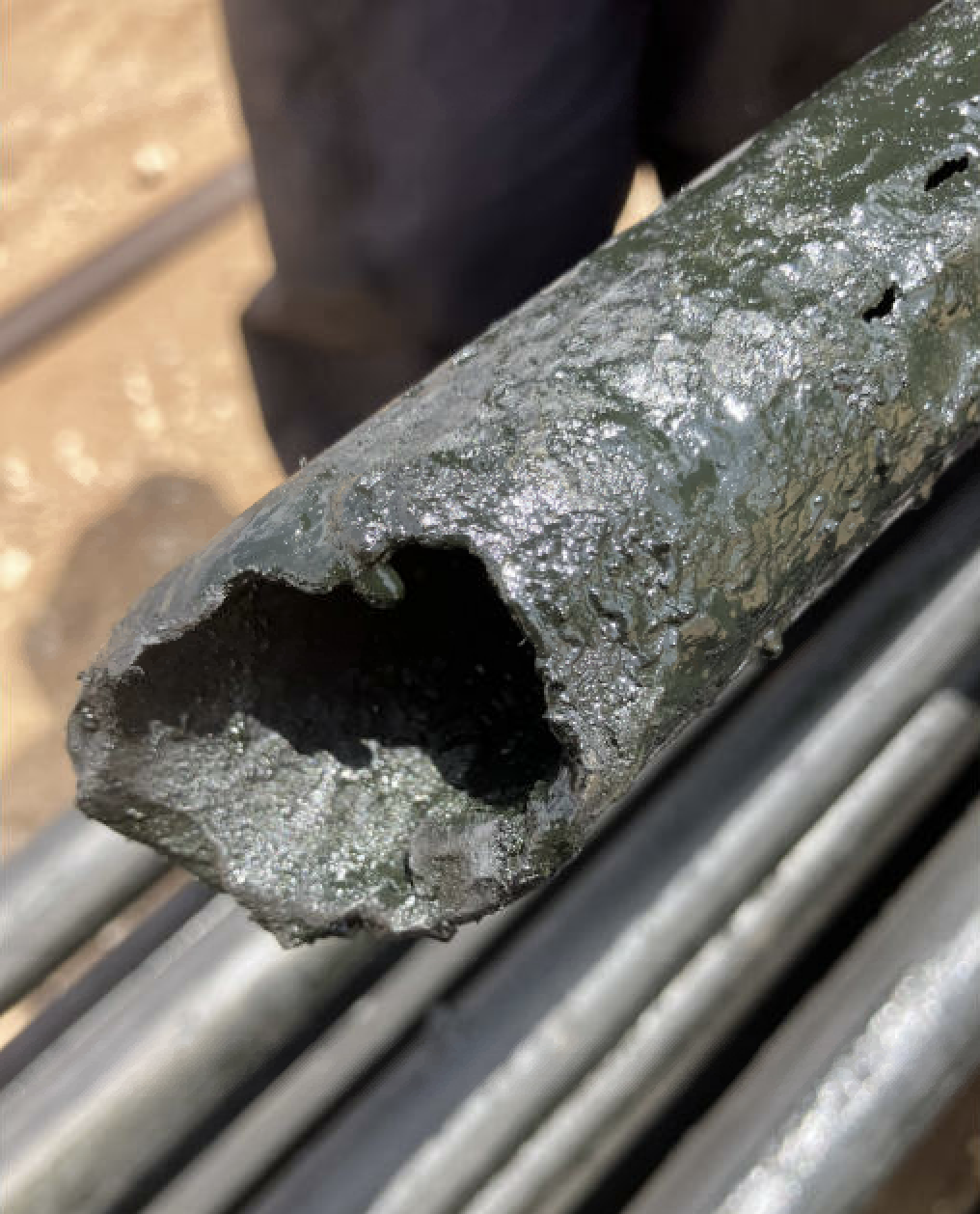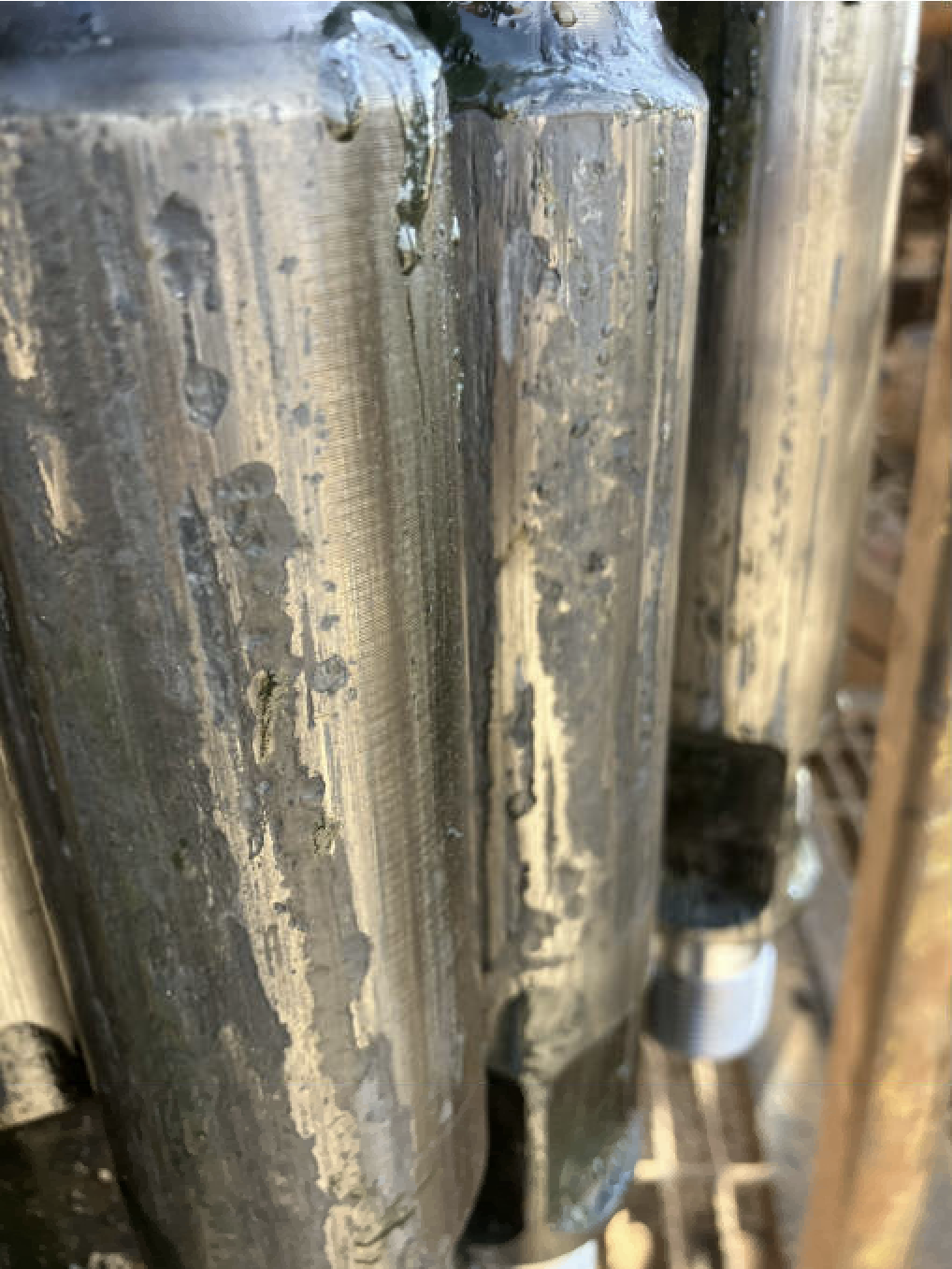The American Petroleum Institute holds two main meetings each year, where its members gather to work on standards development. The winter meeting was held from 20-24 January in Fort Worth, TX, and brought together representatives from manufacturers, distributors, and end-users of products that are affected by API standards. I have the honor of chairing Subcommittee 11, which oversees standards that cover rod pumps, sucker rods, pumping units, plungers, and reciprocating compressors. Several of the task groups that fall under SC11 met that week and are actively working on updating many of our standards. A summary of each group’s activities follows below.
If you are a user of the products covered by these standards or are involved in the manufacturing and distribution of those products, I would encourage you to get involved in SC11 and the development of these standards. The work of these task groups materially impacts your business, and your voice should be part of guiding their work. For some, I’ve heard it is an issue of cost to travel and take part in these meetings. For some perspective, my expenses for a week in Fort Worth were less than what my company spends on one downhole rod pump. I think that’s a small price to pay to be able to impact how that pump is designed and built before it makes it to my location. For more information on getting involved with SC11 or any of these individual task groups, please reach out to me on LinkedIn (please be sure to include a message as opposed to just sending a request to connect).
11AR: Recommended Practice for Care and Use of Subsurface Pumps
Recommended Practice 11AR covers a variety of topics related to the teardown, assembly, and operation of rod pumps. This document has not been updated in many years, so a major task to be completed is reviewing all of the teardown and assembly procedures. The pictures that go along with those procedures need updating as well (anyone still wearing lab coats in their pump shops 🤔?).
Other areas of work by the task group include:
- Documenting the advantages and disadvantages of different arrangements of the tubing anchor, pump intake, and perforations
- Adding downhole dynamometer examples used in troubleshooting downhole pump problems
- Recommendations for how to safely work with pumps with the plunger stuck inside the barrel
This group is starting to meet online once a month, as well as holding additional in-person meetings outside of the biannual API conferences. The next in-person meeting is currently planned for 7-8 April 2020 in Frisco, TX.
11AX: Specification for Subsurface Sucker Rod Pump Assemblies, Components, and Fittings
A big task for the 11AX task group is updating the document with additional components and assembly examples that are common in the industry today. Many contracts require the delivery of a monogrammed pump, and a pump cannot be monogrammed unless it is assembled from only monogrammed components. For example, a pump built with an insert-guided cage could not be monogrammed because that cage is not specified in 11AX.
Another significant change to this standard will be the shift from American National Standard threads (N-series) to Unified Inch Screw threads (UN-series). In many cases, the two threads are compatible with one another, but there are cases where gauges manufactured to one standard may improperly pass or fail a part threaded to the other standard. Given that the N-series threads have been considered obsolete since 1949, it’s probably time for our pump standards to move on as well.
There are also a few items related to barrel and plunger coatings and additional materials for barrels under discussion. This task group meets in conjunction with the 11AR task group.
The 28th edition of 11B passed in September 2018 but has been undergoing a lengthy comment resolution process. It is currently being circulated to ensure all of the subcommittee members are in agreement with how the comments were resolved, and I expect it to be published later this year.
11E: Specification for Pumping Units
The most recent addendum to the 19th edition of 11E added requirements to the construction of walking beams. Specifically, the design and construction of these beams must now conform to the American Welding Society standard D1.1/D1.1M, Structural Welding Code–Steel.
The next edition of 11E will expand those welding requirements to all structural beams of the pumping unit, not just the walking beam. Additionally, chain reducers will be removed from the standard (I bet most of you reading this have never even seen such a thing).
The 11E task group will next meet the week of 29 June 2020 at the API Summer Standards Conference in Washington, DC.
11P: Specification for Packaged Reciprocating Compressors for Oil and Gas Production Services
This task group is our busiest of all. It currently has over 30 people working on updating 11P to the 3rd edition. They expect to have their draft text finished later this year, with publication planned for 2021.



